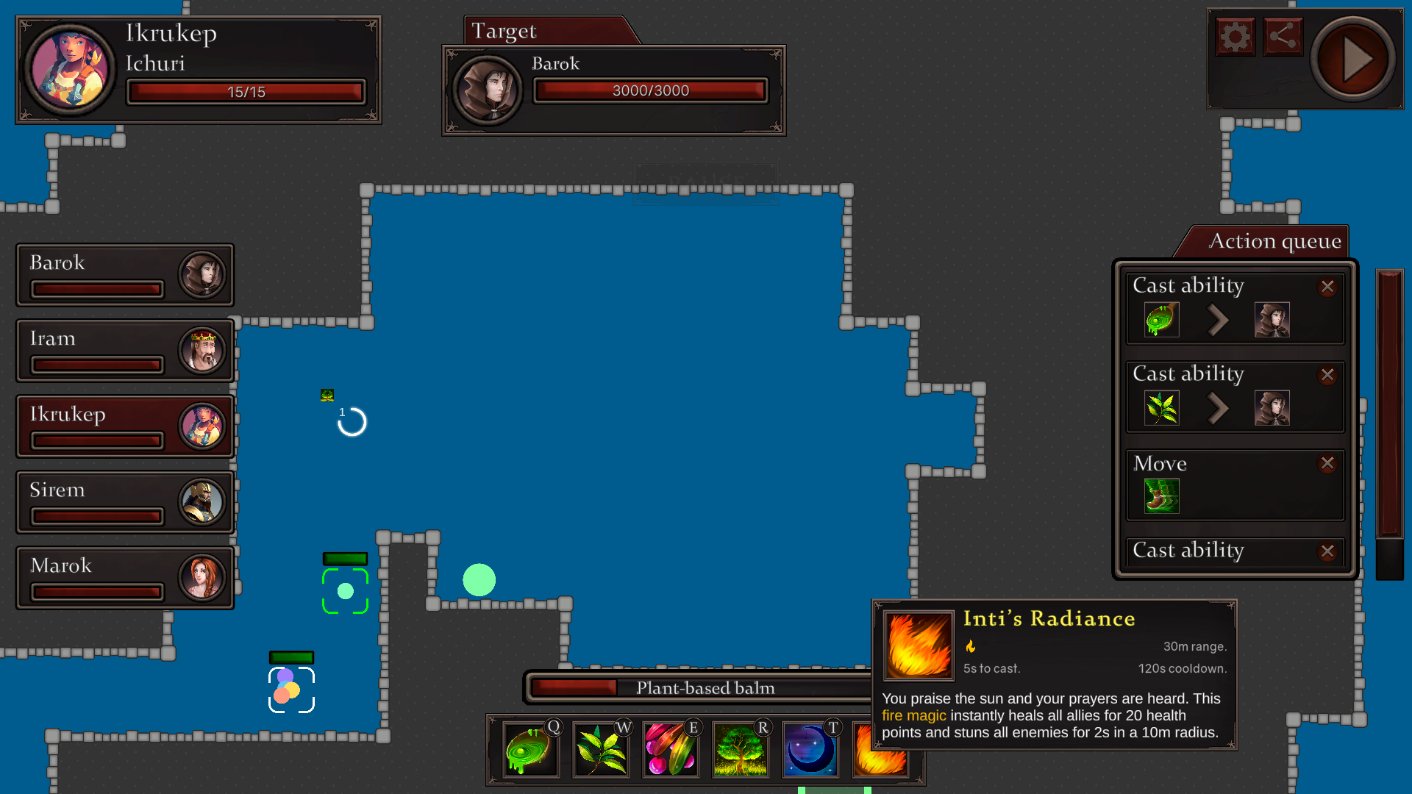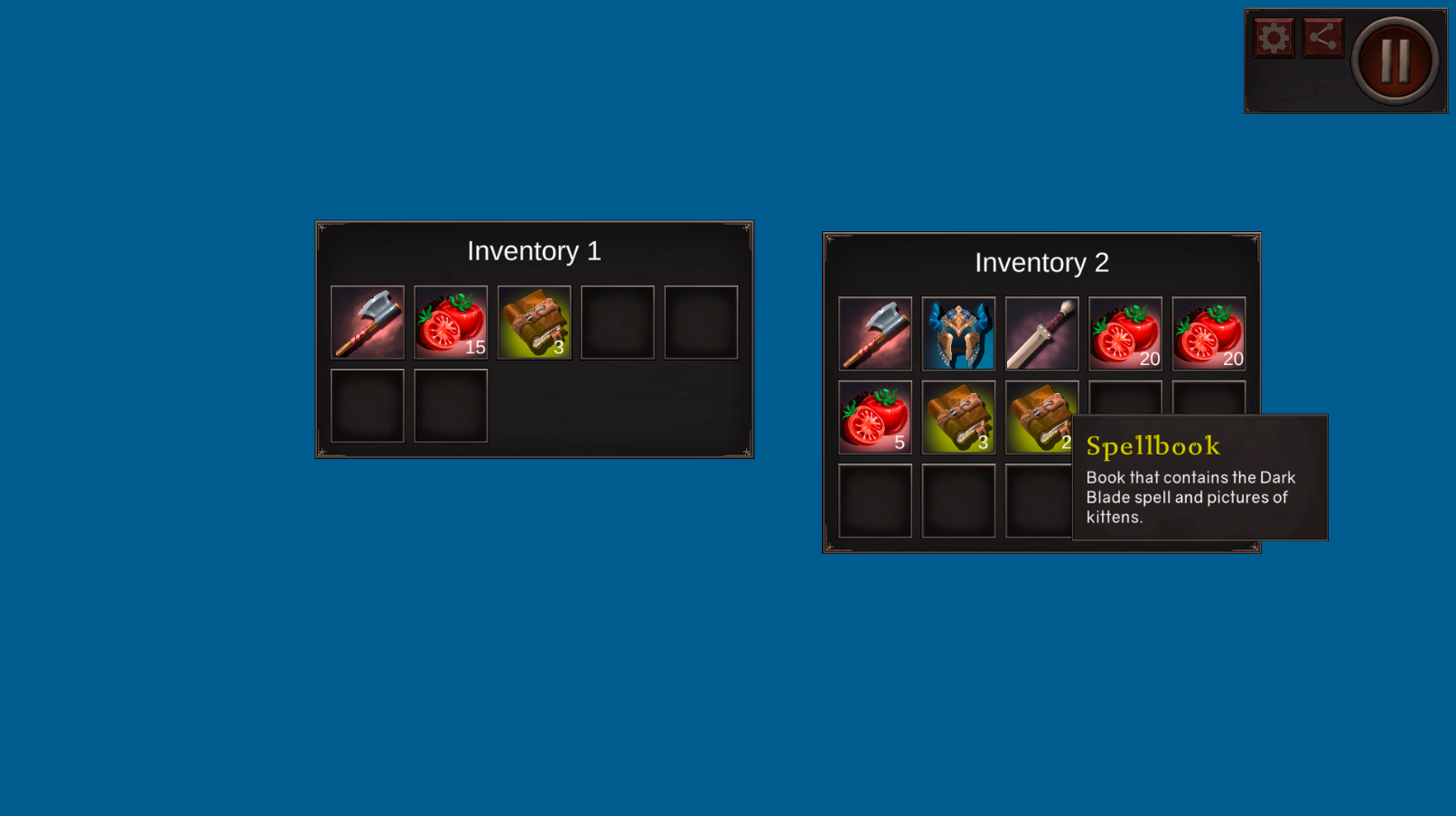- Palette-Based Room Selection: The algorithm uses a predefined palette of room types, allowing the designer to create a variety of rooms that can be used to build the level.
- Connection logic: It places rooms in a way that ensures logical connections between them. The algorithm considers the number of doors (connections) in each room and makes decisions based on these connections to ensure that rooms are placed in a logically connected manner.
- Randomization: Randomization is a fundamental part of the algorithm. It selects a starting room randomly and also selects candidate rooms for connections randomly, providing variety in the generated level layouts.
- Iterative generation: The algorithm operates in an iterative manner, generating rooms and connections step by step. It continues generating rooms until specific conditions are met, ensuring that the level is complete and well-connected.
- Dynamic room copying: The algorithm dynamically copies rooms onto the level, aligning them with the grid and tilemaps to create the level layout.
- Seed option: It offers an option to use a random seed or a specific seed number for reproducible generation.
- Efficiency and Optimization: The code is designed with efficiency in mind, including checking for previously filled areas to avoid unnecessary room duplication.
- Parameter Configuration: The designer is able to configure parameters such as the number of rooms to generate, the origin tile for starting placement, and the palette of room types to use, providing flexibility in defining the level's characteristics.
- Multilevel Support: The code supports the generation of multi-level levels by iterating over individual tilemaps to create complex level layouts.


Procedural generation of 100 and 500 rooms, respectively.

